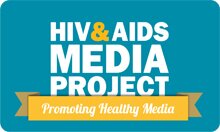Reports and Statistics
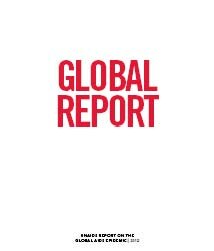
|
UNAIDS (2012
|
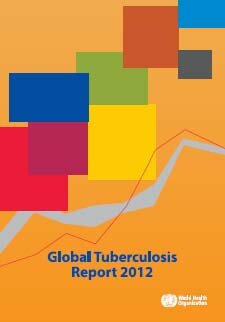
|
World Health Organisation
|
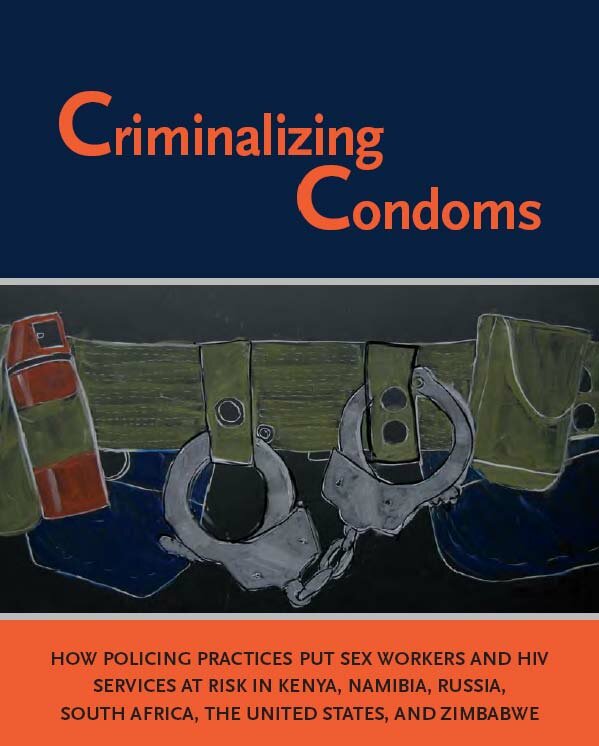
|
Open Society Foundations
|
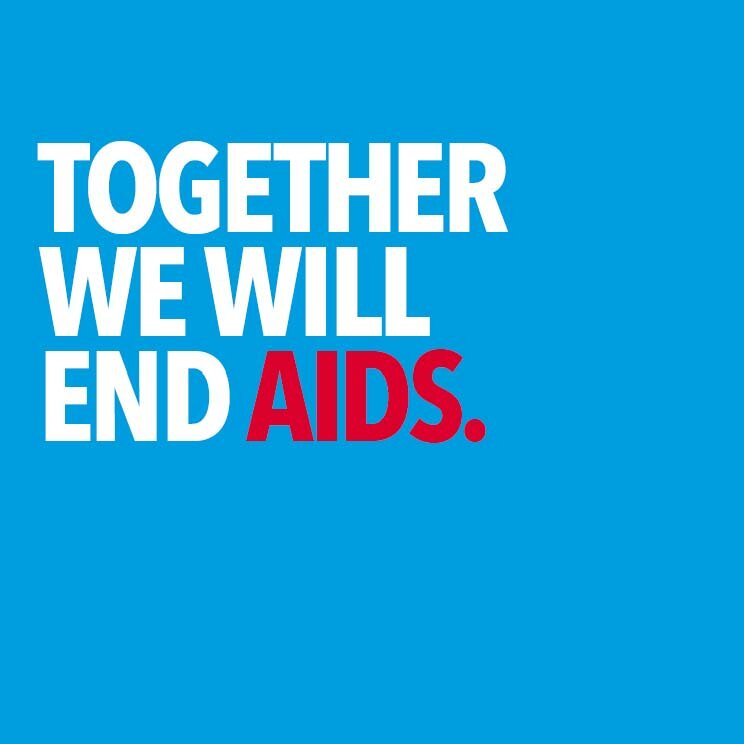
|
UNAIDS (2012)
|

|
UNAIDS (2011)
|
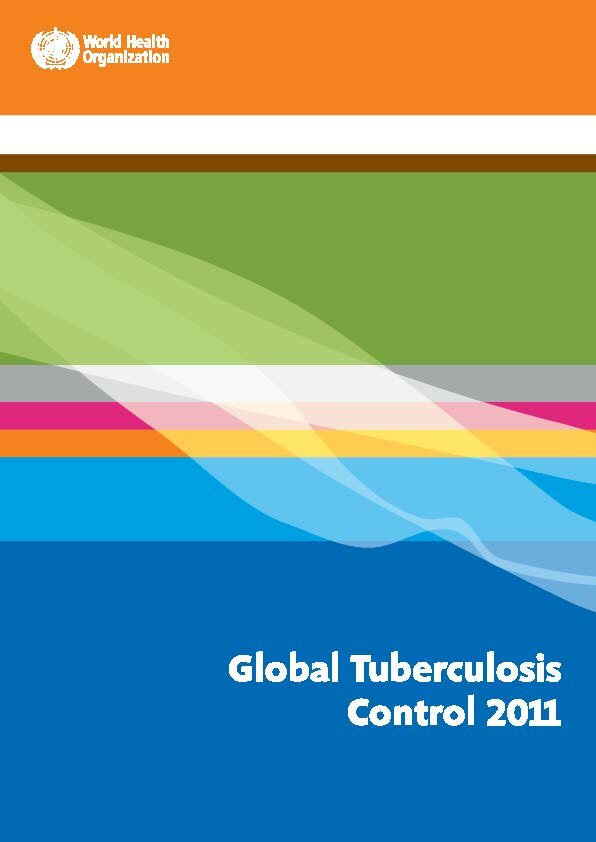
|
WHO (2011)
|
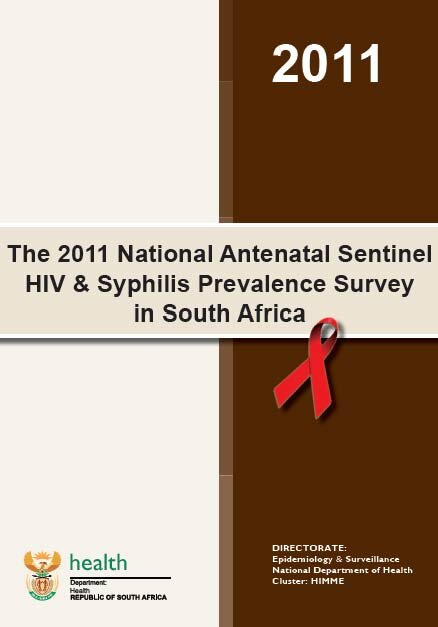
|
SA National Department of Health (2010)
|
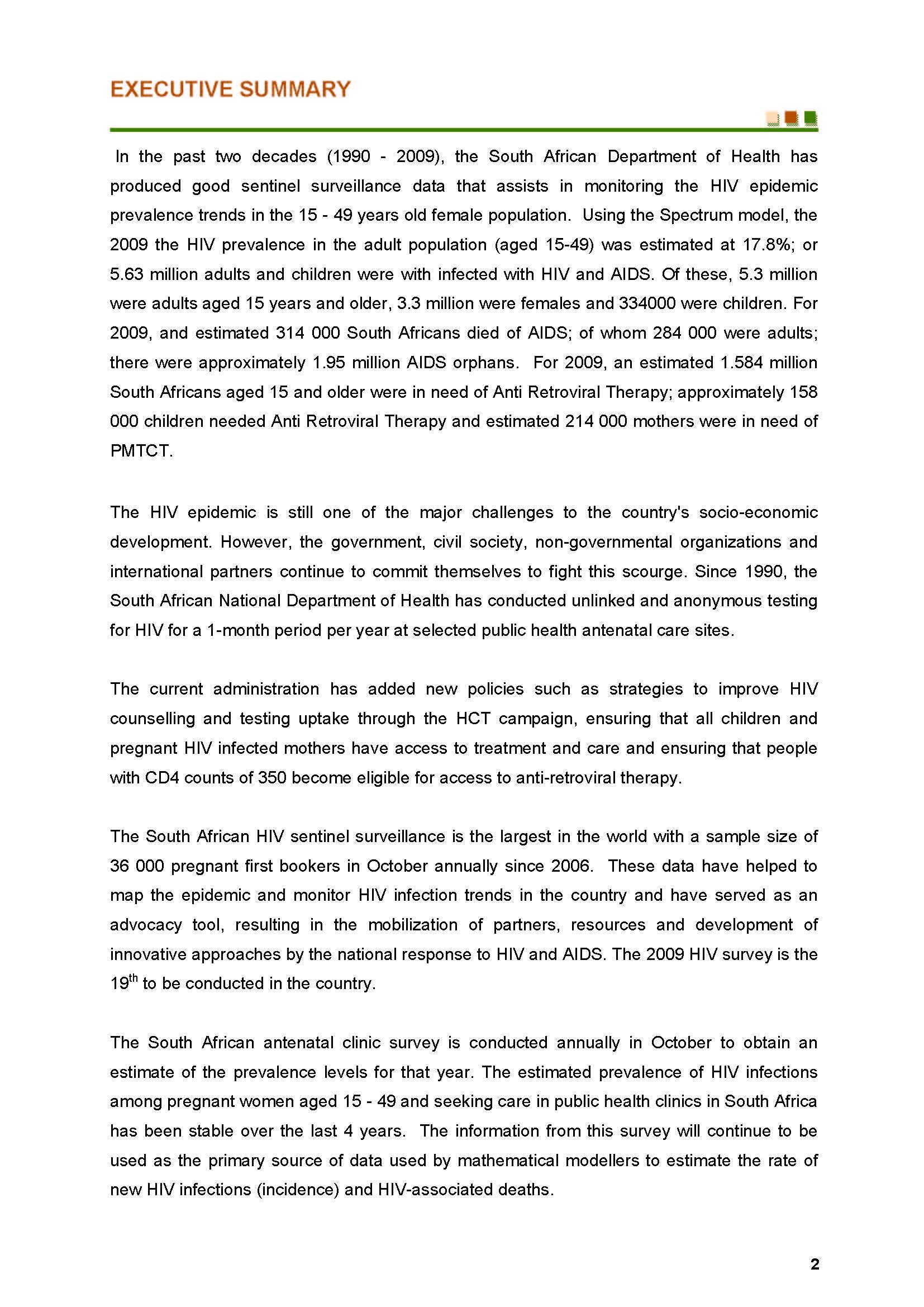
|
SA National Department of Health (2010)
|
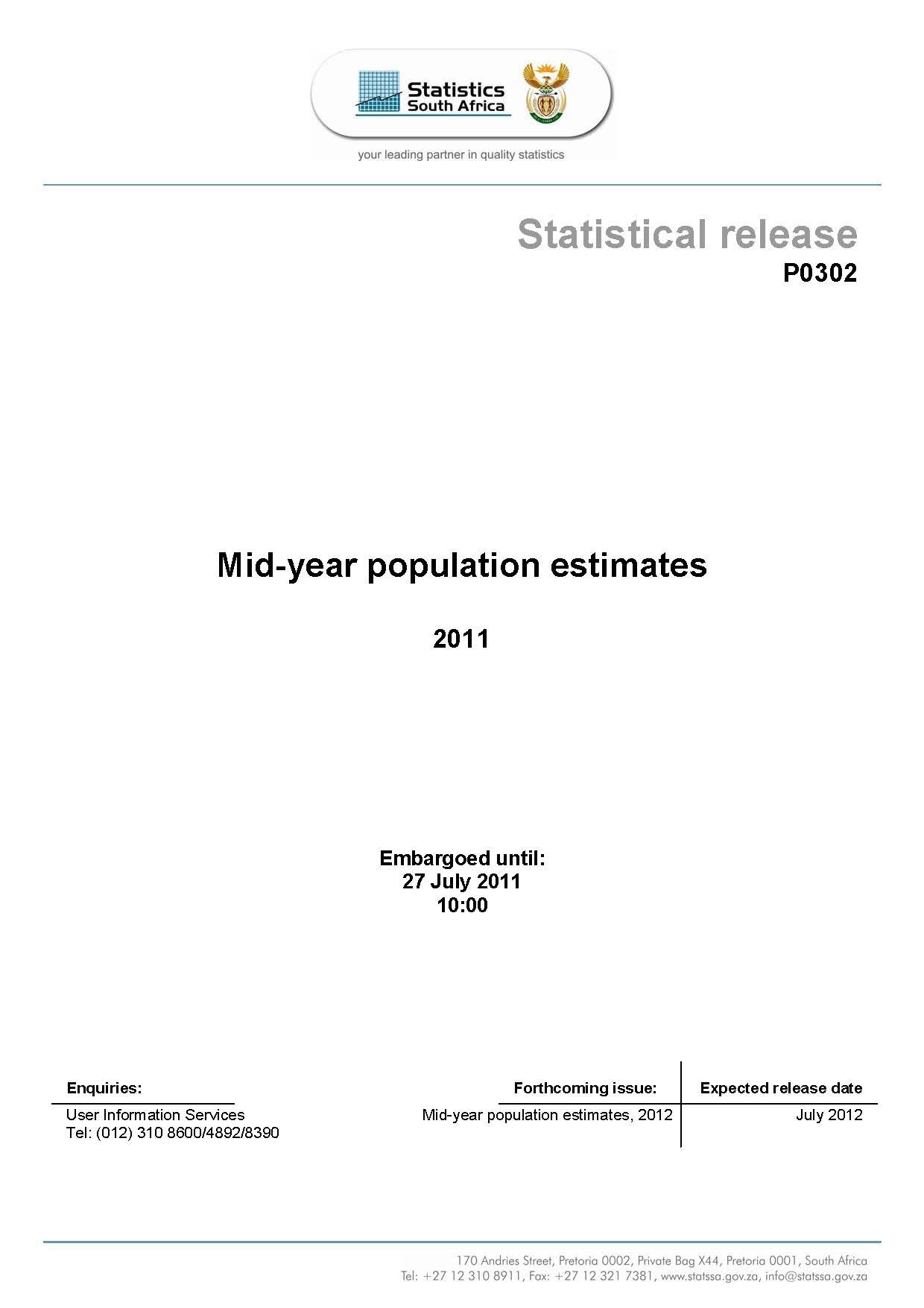
|
Stats SA (2011)
|
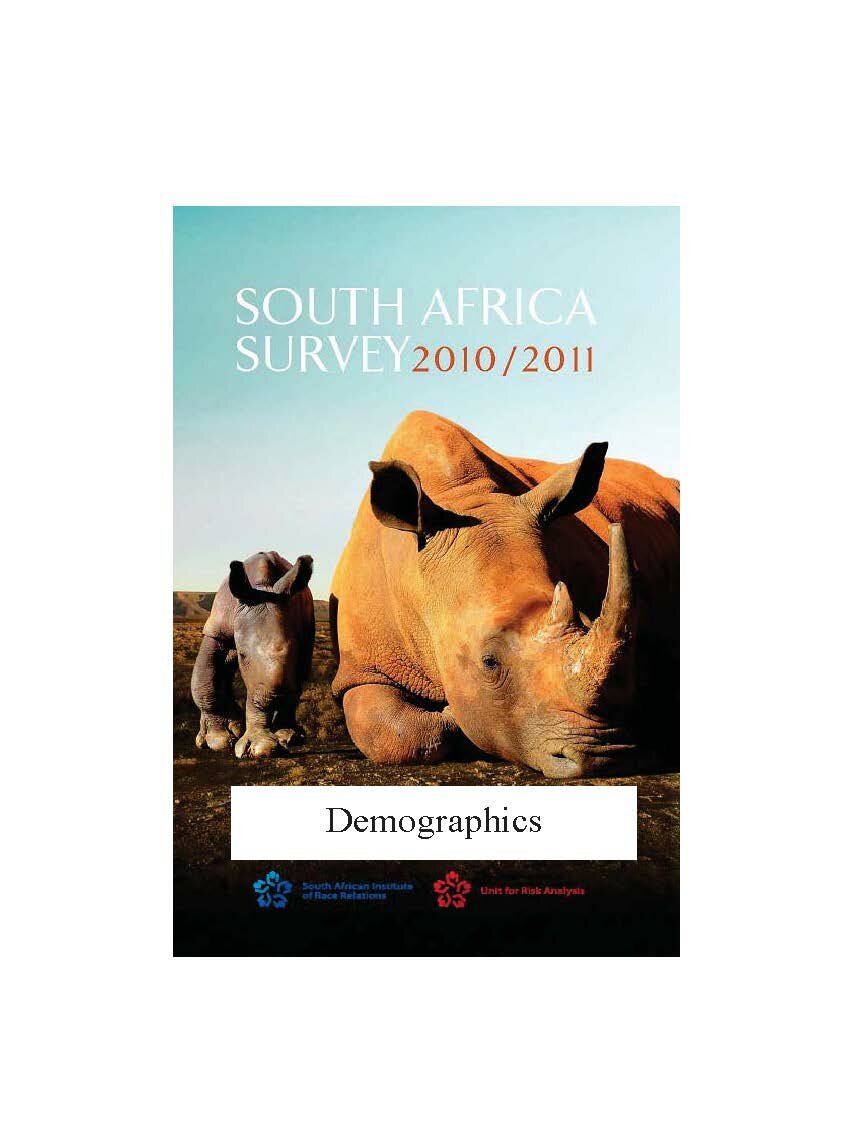
|
South African Institute of Race Relations(2010/2011)
|
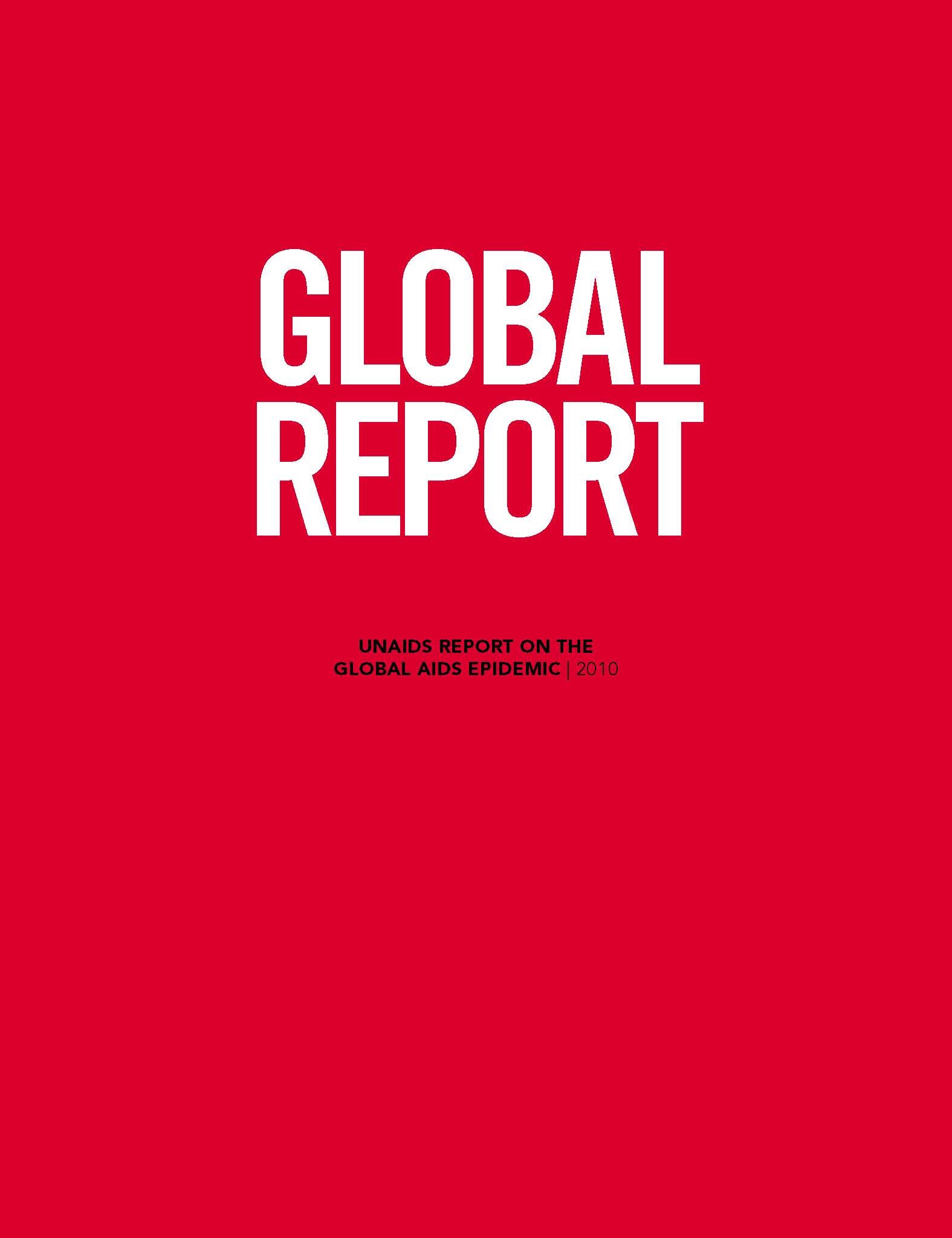
|
UNAIDS Global Report 2010
|
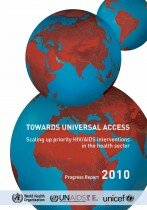
|
WHO (2010) Towards universal access provides a comprehensive global update on progress in the health sector response to HIV/AIDS. The current report is the fourth in a series of annual reports published by WHO, UNICEF and UNAIDS in collaboration with international and national partners. |
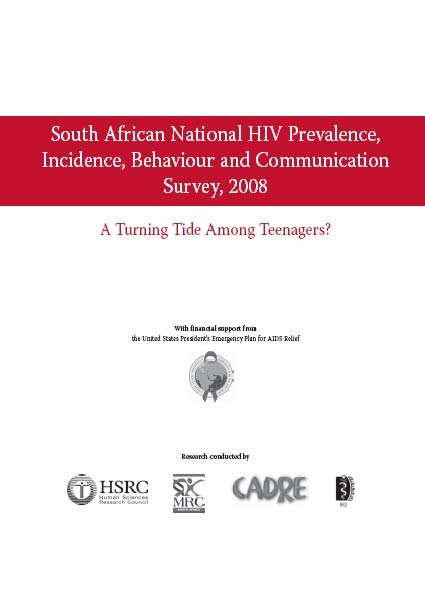
|
HSRC (2009) A comprehensive household survey of HIV/AIDS, following up on the 2005 study using similar indicators. Most of the respondents that were interviewed were also tested for HIV. The study estimates 10.8% of South Africans over the age of two are HIV-positive. The often-quoted study is possibly the fairest reflection of South African HIV-awareness and sexual behaviour among all age groups and races. |
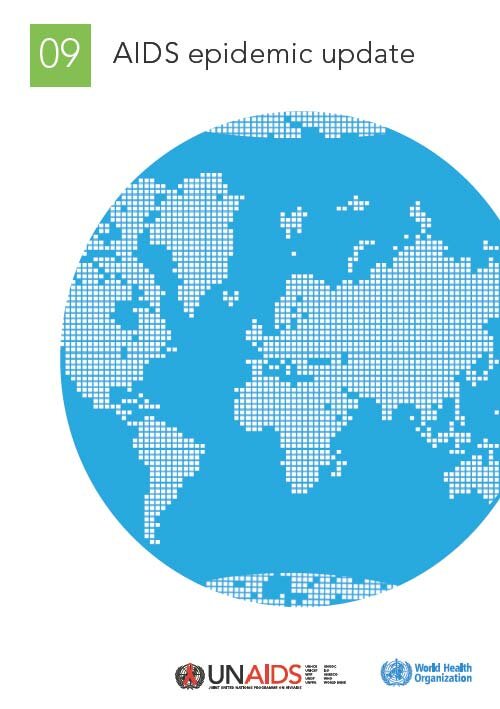
|
UNAIDS (2009) An excellent and authoritative global review of the HIV/AIDS epidemic. Report focuses on HIV prevalence and AIDS mortality. |
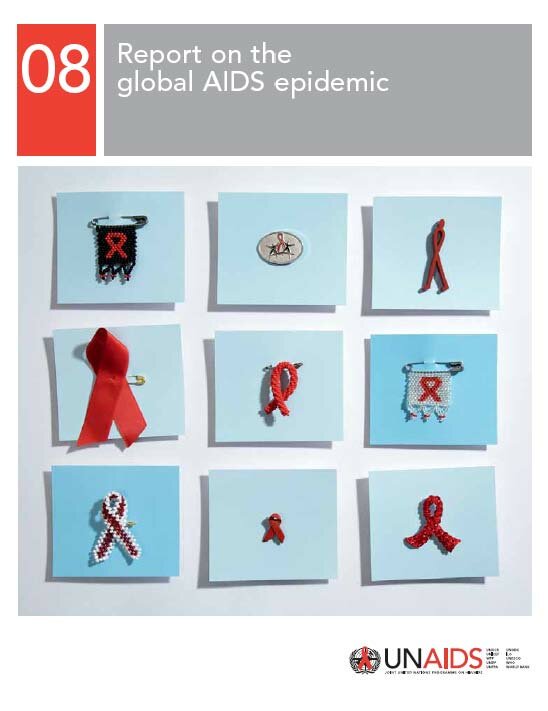
|
UNAIDS (2008) An excellent and authoritative global review of the HIV/AIDS epidemic. Report focuses on current global interventions to fight HIV/AIDS, and also gives relevant facts and statistics. |
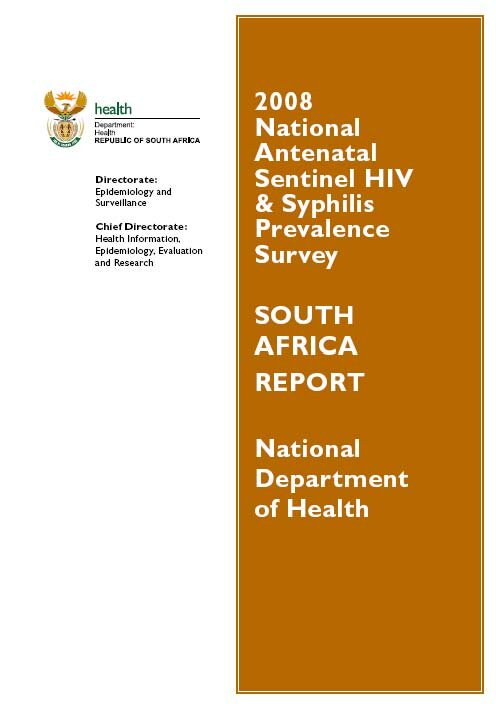
|
SA National Department of Health (2008) The South African antenatal clinic survey is conducted annually in October. The information from the survey is then used to estimate the rate of new HIV infections (incidence) and HIV-associated deaths by applying mathematical models to HIV. prevalence estimates. |
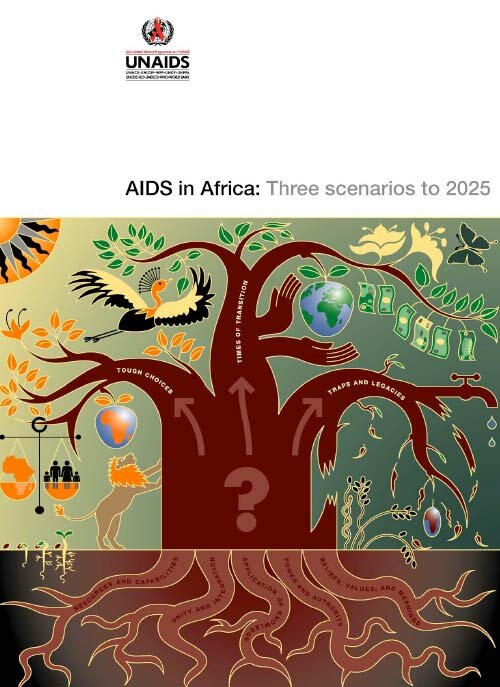
|
UNAIDS (2005) "This project uses stories rather than projections to explore the future of AIDS in Africa over the next 20 years. Statistics may give a succinct and tragic snapshot of recent events, but they say little of the AIDS epidemic’s wider context, or its complex interconnections with other major issues, such as economic development, human security, peace, and violence." |
Recommended Websites
- Joint United Nations Programme on HIV/AIDS (UNAIDS)
- World Health Organisation HIV/AIDS Programme
- Centres for Disease Control (CDC) — Division for HIV/AIDS Prevention
- AVERT
- AIDS Education Global Information System (AEGIS)
- HIV/AIDS Virtual Resource Centre
